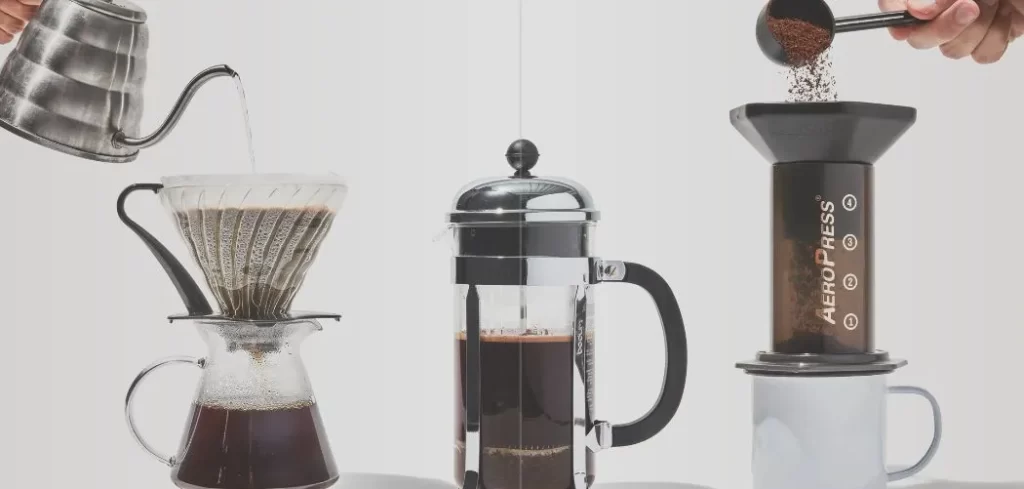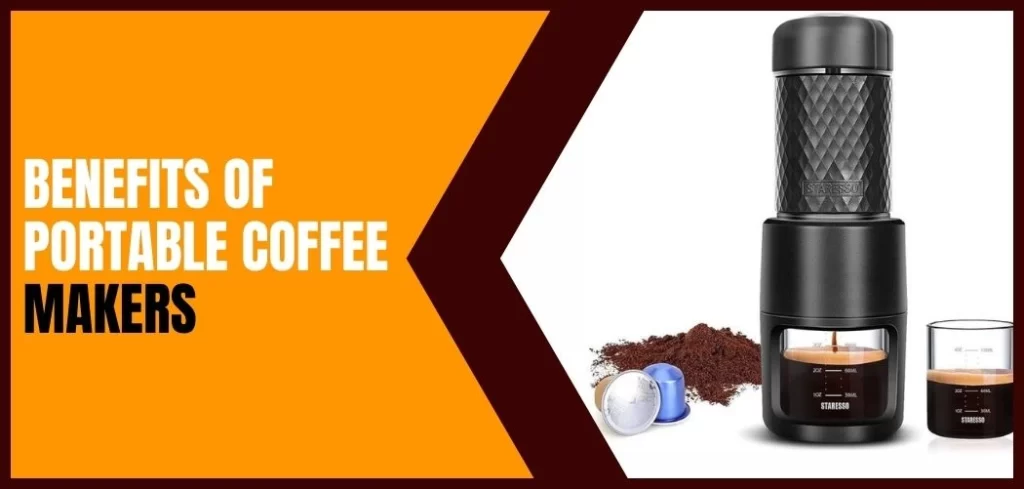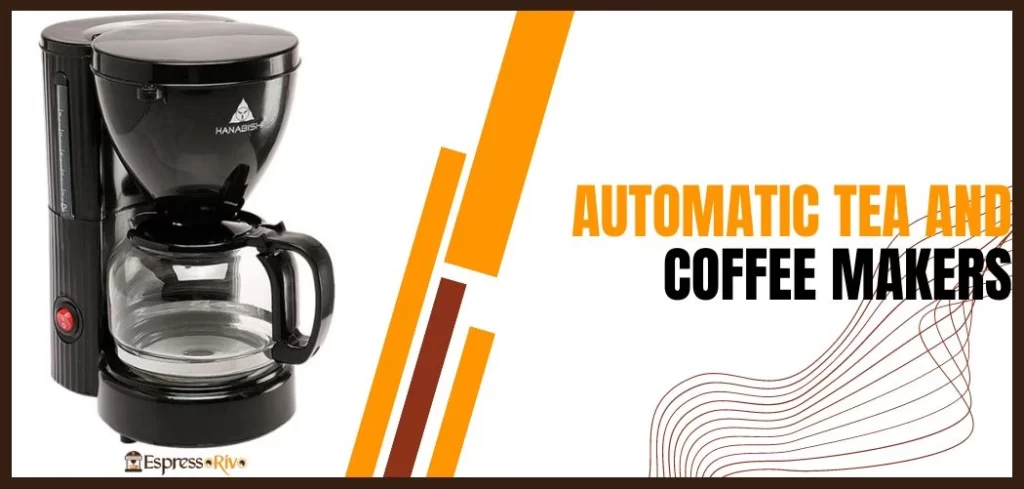If you’re a coffee enthusiast, you know that choosing the right brewing method can make all the difference in the taste and quality of your coffee. With so many methods available, it can be overwhelming to decide which one to use. Two popular brewing methods that are often compared are pour-over and French press.
Pour over and french press brewing methods both have their own unique characteristics and advantages. While pour-over is known for its clean, bright taste, French press coffee is loved for its full-bodied, rich flavor. Both methods require a bit of skill and practice to perfect, but with the right equipment and technique, you can create a delicious cup of coffee every time.
In this article, we’ll take a closer look at pour-over and French press brewing methods, compare the taste and aroma of coffee brewed using each method, and help you choose the best method for your coffee preferences. So whether you’re a coffee novice or an experienced barista, grab a cup of coffee, and let’s dive in!
The Pour-Over Method
Pour-over coffee brewing is a method that involves pouring hot water over coffee grounds that are held in a filter, allowing the water to slowly drip through the grounds and extract their flavor. The result is a clean, bright cup of coffee with a distinct flavor profile.
To brew a cup of coffee using the pour-over method, you will need a pour-over brewer, a filter, and freshly ground coffee beans. There are several types of pour-over brewers available on the market, such as Hario V60, Chemex, and Kalita Wave. Each brewer has its own unique design and brewing technique, but the basic principle is the same.
Here are the basic steps to brew a cup of coffee using the pour-over method:
- Boil water to the desired temperature. The ideal water temperature for brewing coffee is between 195°F and 205°F.
- Grind your coffee beans to a medium-fine consistency.
- Place the filter in the pour-over brewer and rinse it with hot water to remove any paper taste and preheat the brewer.
- Add the ground coffee to the filter, making sure to distribute it evenly.
- Pour a small amount of hot water over the coffee grounds and wait for 30 seconds to allow them to bloom. This releases carbon dioxide from the beans and enhances the flavor of the coffee.
- Slowly pour the remaining water over the coffee in a circular motion, making sure to keep the water level consistent and not overfill the brewer.
- Allow the coffee to drip through the filter and into your cup. The ideal brew time is between 2 and 4 minutes, depending on the type of pour-over brewer and the desired strength of your coffee.
The French Press Coffee
The french press coffee brewing method, also known as a press pot or plunger pot, is a classic brewing technique that produces a full-bodied, rich cup of coffee. This method involves steeping coarsely ground coffee beans in hot water for a few minutes before pressing down a plunger to separate the coffee grounds from the liquid.
To brew a cup of coffee using the French press method, you will need a french roast coffee maker, coarsely ground coffee beans, and hot water. Here are the basic steps to follow:
- Boil water to the desired temperature. The ideal water temperature for brewing coffee using the French press method is between 195°F and 205°F.
- Add the coarsely ground coffee to the French press. The general rule of thumb is to use one tablespoon of coffee for every 4 ounces of water.
- Pour hot water over the coffee grounds and stir gently to ensure all of the coffee is wet. Allow the coffee to steep for 3-4 minutes, depending on your desired strength.
- Slowly press down the plunger to separate the coffee grounds from the liquid.
- Pour the brewed coffee into your cup and enjoy!
One of the benefits of using french roast coffee is that it allows for full immersion of the coffee grounds, resulting in a strong and full-bodied cup of coffee. However, it’s important to note that the French press method can also produce coffee with a higher level of sediment and oils compared to other methods.
With practice and experimentation, you can adjust the grind size, water temperature, and brewing time to achieve your preferred flavor profile using the French press method.
Comparison of Pour Over and French Press Methods
When it comes to brewing coffee, the pour-over and French press methods are two popular options that coffee enthusiasts often debate about. While both methods have their unique advantages and disadvantages, here’s a comparison to help you choose the method that best suits your preferences:
Flavor Profile
The pour-over method produces a clean and bright cup of coffee with a distinct flavor profile. This method highlights the unique flavor notes of the coffee beans and allows for a more nuanced and delicate taste.
On the other hand, the French press method produces a full-bodied, rich cup of coffee with a stronger and bolder taste. This method allows for the full immersion of the coffee grounds, resulting in a coffee with a higher concentration of oils and sediments.
Ease of Use
The pour-over method requires more effort and attention to detail compared to the French press method. You need to follow specific steps, such as preheating the filter, pouring water in a circular motion, and controlling the water flow, to achieve the desired taste.
In contrast, the French press method is relatively simple and requires less precision. You just need to add the coffee grounds, pour hot water, and press down the plunger.
Brewing Time
The pour-over method takes longer to brew compared to the French press method. Depending on the type of pour-over brewer and the desired strength of your coffee, the ideal brew time can range between 2-4 minutes.
The French press method is quicker, taking only 3-4 minutes of steeping time before you press down the plunger.
Cleaning and Maintenance
Both methods require cleaning after use, but the French press method can be more difficult to clean due to the higher concentration of oils and sediments. It’s essential to clean the filter and plunger thoroughly to prevent coffee oils from building up and affecting the flavor of your future brews.
The choice between the pour-over and French press methods comes down to personal preference. If you prefer a clean and nuanced coffee flavor and don’t mind taking the extra effort, the pour-over method might be your best choice. On the other hand, if you prefer a bold and full-bodied coffee flavor and value simplicity and ease of use, the French press method might be more suitable for you.
Which Method is Best?

Choosing the best method between pour-over and French press ultimately depends on your personal preferences and what you prioritize in your coffee experience.
If you value a clean and nuanced coffee flavor and don’t mind investing extra effort and time, the pour-over method might be the best choice for you. However, if you prefer a bold and full-bodied coffee flavor and value simplicity and ease of use, then the French press method may be the way to go.
It’s worth noting that both methods have their advantages and disadvantages, and it’s possible to enjoy both depending on the occasion or mood. Some coffee enthusiasts may have a preference for one method over the other, while others may enjoy switching between the two to keep their coffee experience exciting.
At the end of the day, the best method is the one that makes you happy and satisfied with your coffee. Experimenting with both methods and making adjustments to suit your personal taste can help you discover which method is best for you. Whether you choose pour-over, French press, or both, always remember to use high-quality coffee beans, invest in good equipment, and enjoy your coffee experience to the fullest!
Conclusion
Pour-over and French press methods offer unique and distinct coffee experiences. Pour over allows for a clean and nuanced flavor, while French press offers a bold and full-bodied taste. Ultimately, the choice between the two methods depends on personal preference and what you value most in your coffee experience.
If you’re looking for a more involved and hands-on approach to coffee brewing, then the pour-over method is worth considering. On the other hand, if you want a quick and easy way to brew a rich and flavorful coffee, then the French press method might be the better option.
No matter which method you choose, investing in high-quality coffee beans, equipment, and accessories can make all the difference in the final taste of your coffee. Additionally, experimenting with different brewing techniques and making adjustments to suit your taste can help you find the perfect cup of coffee.
At the end of the day, coffee is a personal and subjective experience, and the best method is the one that brings you the most enjoyment. So, grab your favorite brewing equipment, try out both methods and discover which one makes the perfect cup of coffee for you.
Ronsil
Meet Ronsil, the master barista behind EspressoRivo. With years of experience in the coffee industry, he brings a wealth of knowledge and passion to the table. As the owner of a successful coffee shop, Ronsil is a sought-after adviser in the field. His expertise and love for the craft shines through in every cup he serves. We are honored to have him as part of our team at EspressoRivo






